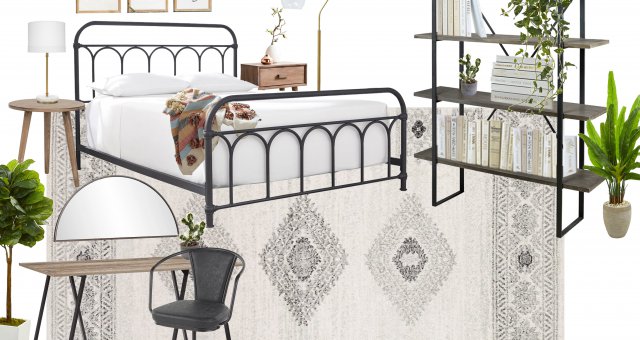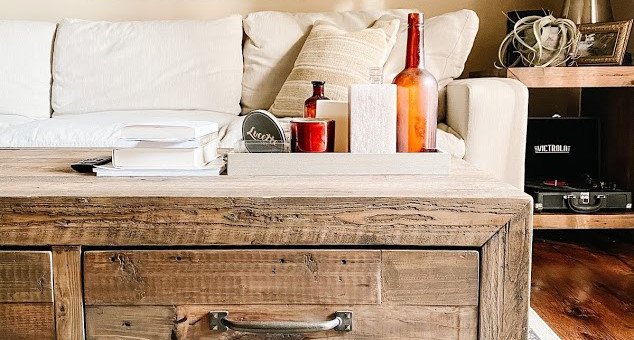How Often Should You Replace Your Pillows?
Everyone has preferences regarding bed pillows, but whether you like firm or soft, all pillows have a shelf life. Knowing when to replace pillows is vital so that you do not inadvertently harm your family’s health. The lifespan of pillows isn’t something we generally think about, but it’s worth a little research.
You work hard, play hard, and deserve to sleep hard. Good sleep dramatically impacts your physical and mental health, and a tired, used-up pillow can keep you from obtaining well-deserved rest. We recommend learning about how your worn-out pillows may affect your sleep.
Pillows are essential because they support the shoulders, head, and neck. Once a pillow has lost its cleanliness, support, and shape, your sleep and well-being can also be impacted. Read on to learn how often to replace pillows and why it’s essential. If you’re wondering how to know when you need new pillows, you’ve come to the right place.
How Often Should Pillows Be Washed?
First, it’s essential to protect pillows with pillow-protectant sleeves that close with a zipper underneath the pillowcase. Whether your pillows have protectants will impact how soon they need replacing.
Wash pillows made with synthetic materials every six months or as needed, while natural fibers are better off spot cleaned or dry-cleaned as necessary.
When To Throw Out Pillows
Many factors affect the lifespan of a pillow. Some of these influences are the pillow’s materials and quality, frequency of use, and the user’s sleep habits.
If your pillows are high-end and with a high level of craftsmanship, including strong seams and high-quality materials, this bodes well that they can last the better part of the two-year mark. Typically natural fibers, like down or feathers, break down more quickly and last for a shorter time than synthetics such as memory foam and polyester, which are more easily washed and dried and are generally more durable.
How often you should replace pillows is also related to how often you use them. Nightly use will break down pillows faster over time than infrequently used ones. And we’re not just talking about use during literal sleep time, but also when you use them for long naps or as a backrest while watching TV. If you have animals in the home, remember to factor in how much they use them. Some cats and dogs sleep on pillows or use them as headrests while napping.
Pillows can harbor contaminants such as allergens, dust mites, and other icky things, including mold and bacteria. Breathing in these particles while you sleep can harm your health. How often you should replace pillows can be determined by whether they are still hygienic and comfortable. Stained and discolored pillows are unsightly and are a clear statement that it’s just time to replace them.
Average Lifespan of a Pillow
While some pillows last longer with proper care, most last between one and two years. Pillows reach their expiration date for several reasons, including how they are cared for and frequency of use.
Suppose you’re wondering how often to replace memory foam pillows in particular. In that case, memory foam is a synthetic material built to last, so you can probably replace it at the later end of two years.
Your pillow doesn’t have to be in visibly bad condition before moving it along. Even if your pillow looks okay, it might not provide the neck and head support necessary for excellent sleep. Not to mention that hundreds of contaminants not visible to the human eye may be secretly covering the surface of your pillow.
What To Do With Old Pillows
Now that you know how often pillows should be replaced, you might wonder what to do with the old ones.
Animal shelters and rescue organizations often accept pillow donations, assuming your pets have not excessively soiled the pillows; only donate your pillows if they are in decent condition. If they are in bad shape, you’ll have to throw them away or, if you have to dispose of a lot of them, bring them to the landfill.
If you’re looking for ways to repurpose gently used pillows, you can use the insides for plush animal stuffing. Alternatively, cover pillows and use them as decorative pillows on the couch or outdoor cushions on the deck furniture. Or repurpose them by giving them to your animals for beds.
Now that you know how often you should replace your pillows, follow these steps to increase the longevity of your pillows:
- Fluffing them can help pillows keep their shape so that they don’t lose density and form.
- Wash synthetics twice yearly (follow instructions on the tag), and spot-treat natural-fiber pillows as needed, or take them to the try cleaner.
- Use pillow protectors, which are essential to guard your pillow against dust, staining, allergens, and moisture. Pillow protectors enclose and keep pillows clean as a second layer under pillowcases.
Pillows are among the top bedding essentials, in addition to an ultra-comfy mattress, fresh and soft linens, blankets, and throws. It’s crucial to replace these items frequently to keep a clean and comfortable bed. For safety reasons, it’s vital to also assess bed frames regularly to see if they need to be replaced. When updating your bedroom, a new sleep set can feel supremely refreshing; you can rest easy at night knowing you are covering your sleeping needs.
There are a few other ways to increase the quality of your sleep, including putting the phone away and keeping it away, as the blue light can stimulate the brain and keep you up late. Keep a book on the nightstand in case you wake up and can’t fall back asleep; you can reach for your book rather than your phone to put you back to sleep. Try to keep a regularly scheduled bedtime so your body can keep an internal rhythm to prepare for sleep each night at a similar time. Room-darkening curtains can make a big difference in keeping your room dark and preventing light from the street from keeping you awake at night. Sleep well!





